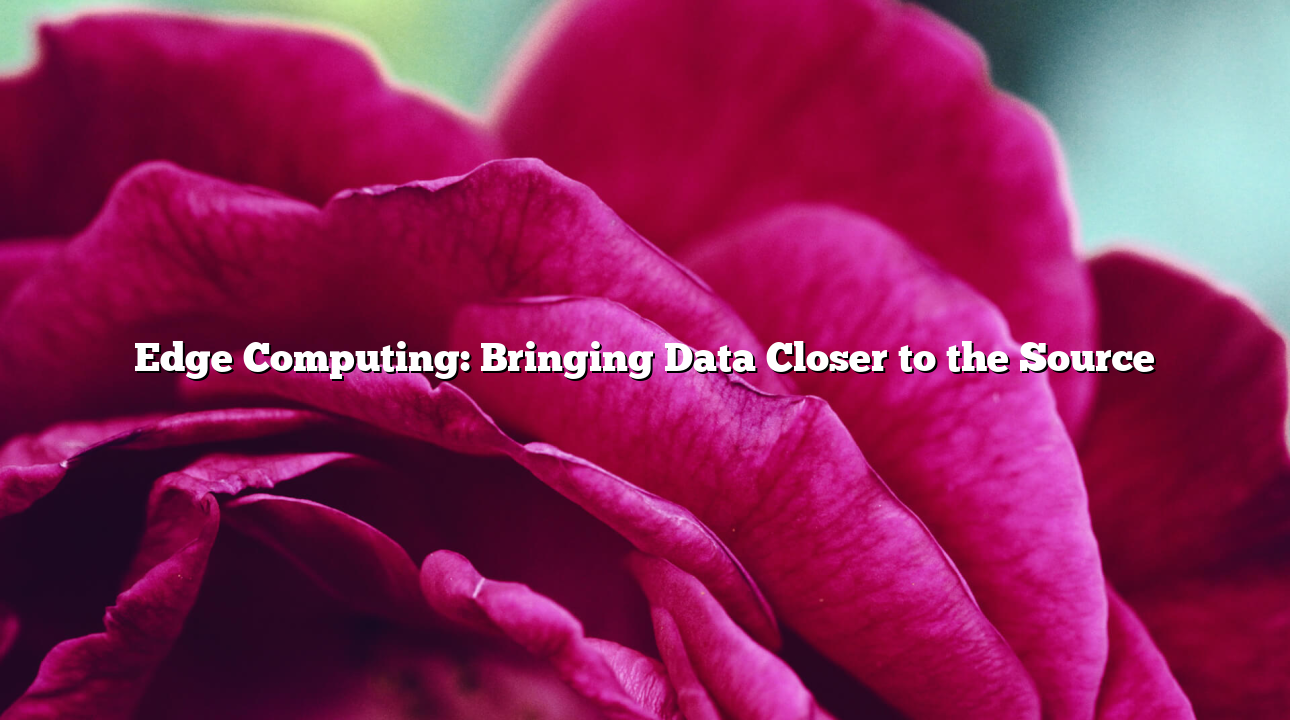As the digital world generates more data than ever before, traditional cloud computing faces challenges in speed and efficiency. Edge computing has emerged as a solution by processing data closer to where it is generated, rather than otpklik sending it to distant data centers.
The main advantage of edge computing is reduced latency. For applications like autonomous vehicles, industrial automation, or telemedicine, even milliseconds of delay can be critical. By handling data locally, edge computing ensures faster responses and greater reliability.
Edge computing is also essential for the Internet of Things (IoT). Billions of devices, from smart home gadgets to industrial sensors, produce massive amounts of data daily. Processing this data at the edge reduces the strain on central networks and lowers bandwidth costs.
In healthcare, edge computing supports real-time patient monitoring. Devices such as wearable sensors can analyze data instantly and alert doctors to emergencies without relying on distant servers. Similarly, in retail, edge-enabled systems personalize shopping experiences by analyzing customer behavior as it happens.
Despite its advantages, edge computing introduces new challenges in security and infrastructure. With more processing done at multiple edge locations, protecting data from breaches becomes more complex. Organizations must adopt strong security protocols to prevent vulnerabilities.
In conclusion, edge computing complements cloud systems by delivering faster, more localized data processing. It is a critical enabler of technologies like IoT, autonomous vehicles, and smart cities, ensuring the digital ecosystem remains efficient and responsive.
